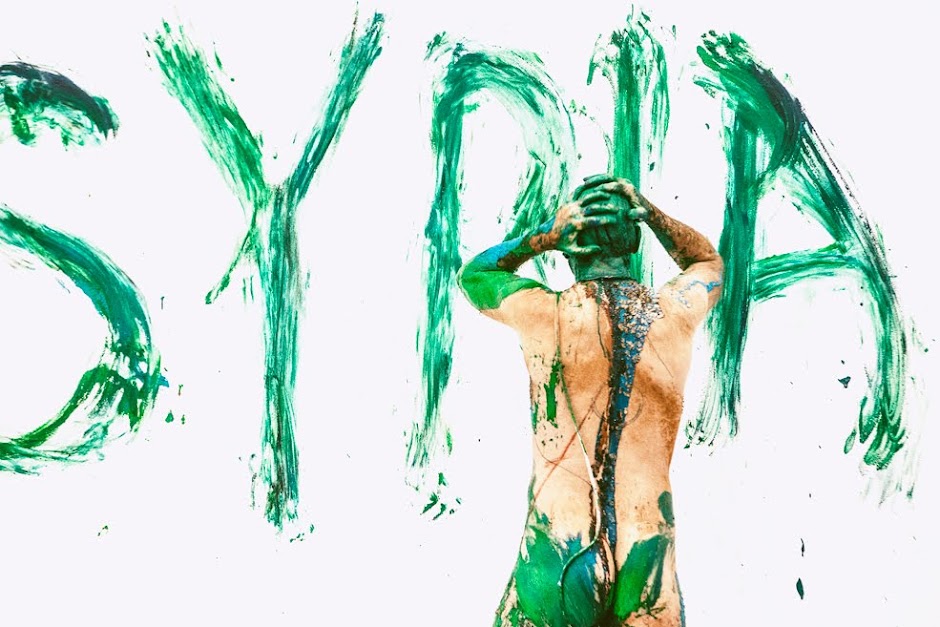Conceived & performed by Sylvie Guillem, Robert Lepage, Russell Maliphont
Zellerbach Hall, Cal Performances, UC Berkeley
Feb 10, 8pm
Two hours of folkloric performance – storytelling, shadow dancing, masks, dance, martial arts – appropriated in the service of hoity-toity art. Brook would have referred to this bourgeois exercise as deadly theater, meaning soulless or no longer relevant to today’s audiences and issues. But slapping this production with the label of deadly is a complicated move. The makers of this performance and the tactics they celebrate (with their considerable personal and financial investment) are heavily influenced by Brook’s generation of dance, theater, art, and social experimentation. What went wrong? I mean besides the gentrification of the world through a corporate takeover of government and society? It’s as if these students of the experimental dance and theater of the 60s and 70s forgot to attend the course on co-optation. Then they skipped the seminars with Chomsky (on how consent is manufactured), Lourde (the masters tools), Gramsci (revealing the workings of cultural hegemony), Debord (how spectacles participate in spectacular society), and any number of anarcha-feminist collective workshops that might have helped them to see how their project is much more invested in fame, status, neo-classical modernism and money than it is in art, communitas, experimentation or social change.
Discussing with artist friends and colleagues afterwards, it was easy to agree that there had been several lovely or curious moments. Guillem’s shadow dance, and especially her exit when lifting the curtain to reveal the light. Guillem’s dancing in the voluminous but feather-light and translucent white kimono. Guillem manipulated with long sticks and carried off. Guillem’s feet on almost every step, extension, slide, and kick. My favorite moment came within the first two minutes of the performance when Guillem messed up her rhyming text, stopped, apologized, attributed the mistake to jet lag, and then repeated her narrative from the beginning. L Cohen says: there is a crack in everything, that’s how the light gets in. After this illuminative slip we pretty much stayed in the dark.
$70 tickets for a performance at a public university is a kind of theft. Even if the average ticket price was $50 and the place wasn’t completely full at 2000 people, the door receipts for two nights was well over $100,000, probably $150,000. What was the fee for this trio of stars and their technical entourage? When we exited the theater, animated by our mutual critiques and frustrations, we saw a stretch limo waiting outside the artists’ door with Black driver a ‘waiting. This poetic image clarified the ruling class ambitions of the performers. For a brief moment I thought it could be kitsch. One person talked about his sibling’s central California friends getting a stretch Hummer limo as a peek experience. But no, sadly, these are the kind of artists for whom the limousine is an expectation, a right that they’ve earned and by the way, you haven’t.
Because this performance, or my experience of it, doesn’t deserve more attention, here is a list of my notes:
• poorly performed Asian theater and martial art appropriations
• a mostly synchronized dance on tables, like a cheap copy of something more risky and playful by Scott Wells. We got to say, look she’s 45 and still has her extension!
• an interesting telling of the indigenous ideas of the sun as father, the earth as mother, and the moon as middlesexed
• Guillem’s feet really are amazing
• this is some high art shit that if performed by lesser known artists would be laughed off the stage (and the grant panel.)
• Maliphont sings. One could imagine that this is his first time doing so on stage.
• after a stylized conversation between Guillem and Lepage, the performers repeat the scene without text, extending the gestures, lovely.
• the whole thing is so precious despite the bawdy jokes and techniques of poor and popular performance
• it’s a kind of mimicry or representation of the popular, so we barely laugh and we definitely don’t cry, and when it’s over the triumph is all theirs and not ours
• I’m not the only one here who started working at 8am and is now falling asleep. (This was verified when chatted afterwards.) Who else can stay awake through this drowsy sad music?
• Costumes by Alexander McQueen. Really excellent tights that they each wore as a kind of base layer for all the more extravagant costumes. Sexy, design-y, useful and revealing. The extra padding at Guillem’s crotch was a delightful detail. The couture doctor’s gowns during the autopsy scene seemed more like a fashion joke, like, “Oh look there’s still another $1500 in the costume budget. Can we have a couple of futuristic doctor’s gowns? Cool. Thanks.”
• Too bad the whole thing wasn’t campy – same performers, text, costumes – but a really different relationship to the audience and to the story. Then we could have laughed along with the limo. Instead we had nothing to say but a weak fuck you.
PS.
In an email response to this review, Monique Jenkinson wrote, “and the myth of sun, earth & intersex moon, while lovely, was so much better done in Hedwig,” referring to the Plato-inspired song and animation in the brilliant film Hedwig and the Angry Inch (2000) by John Cameron Mitchell & Stephen Trask. I agree. Hedwig was better than Eonnagata in a hundred ways, but most importantly in seducing or convincing us to give a shit about gender, desire, difference, theater and the ways that citizenship, art, sexuality and gender construct each other.
